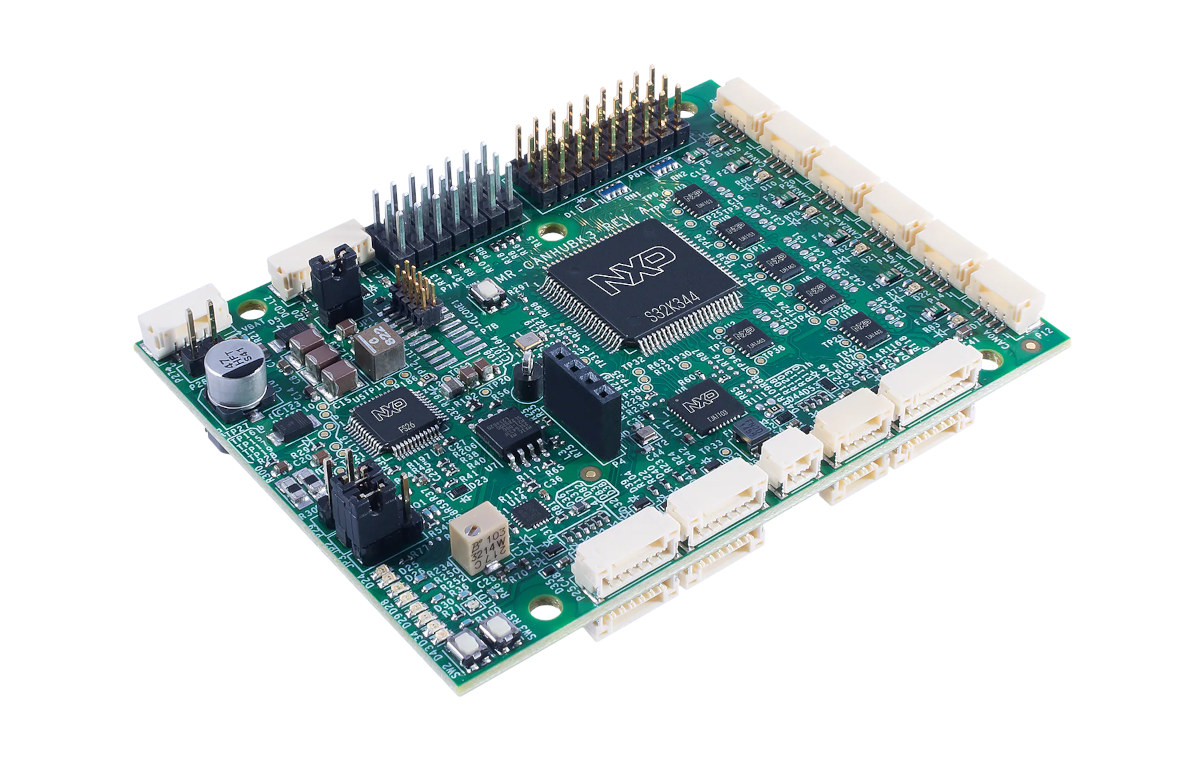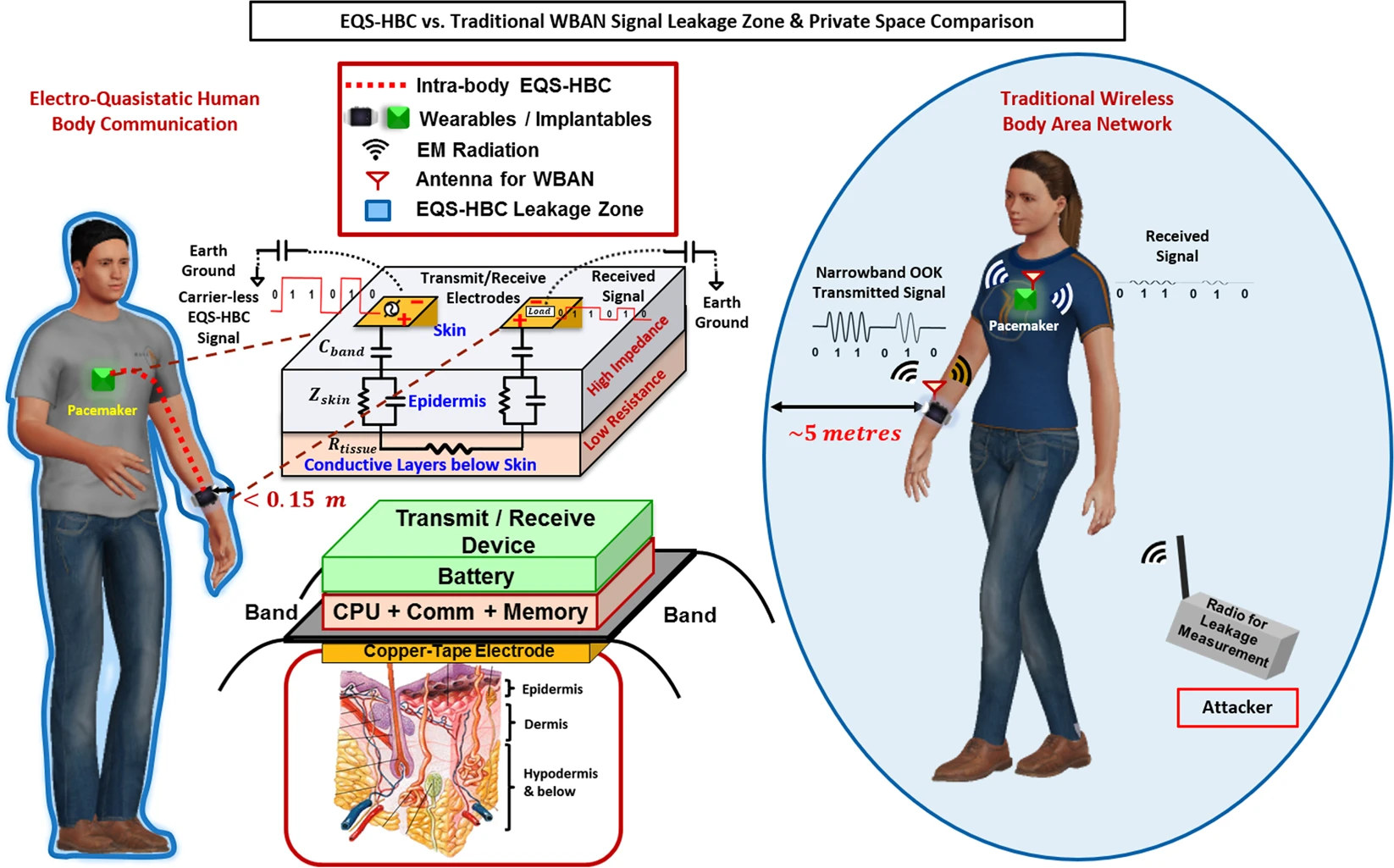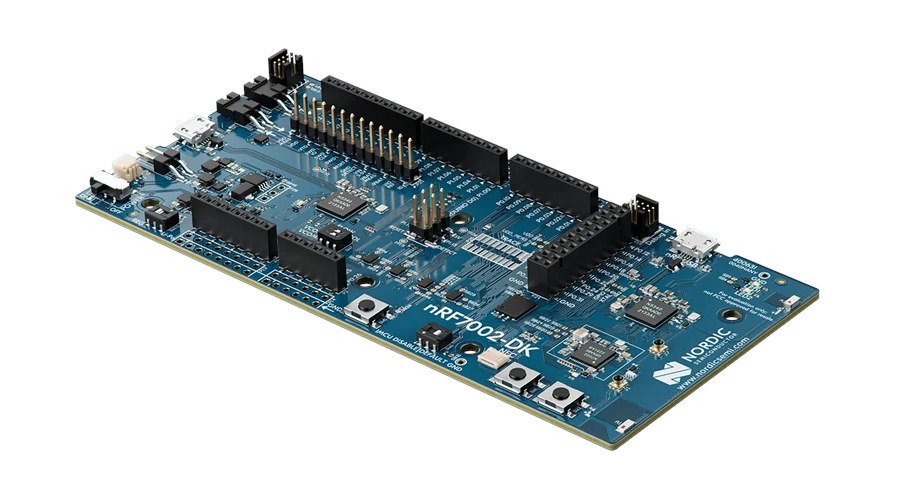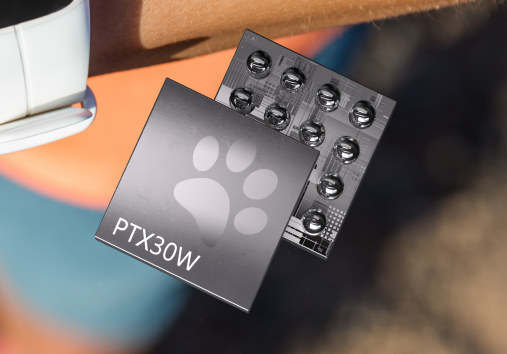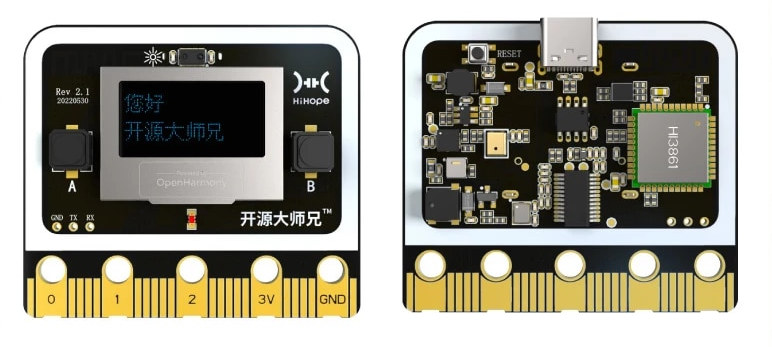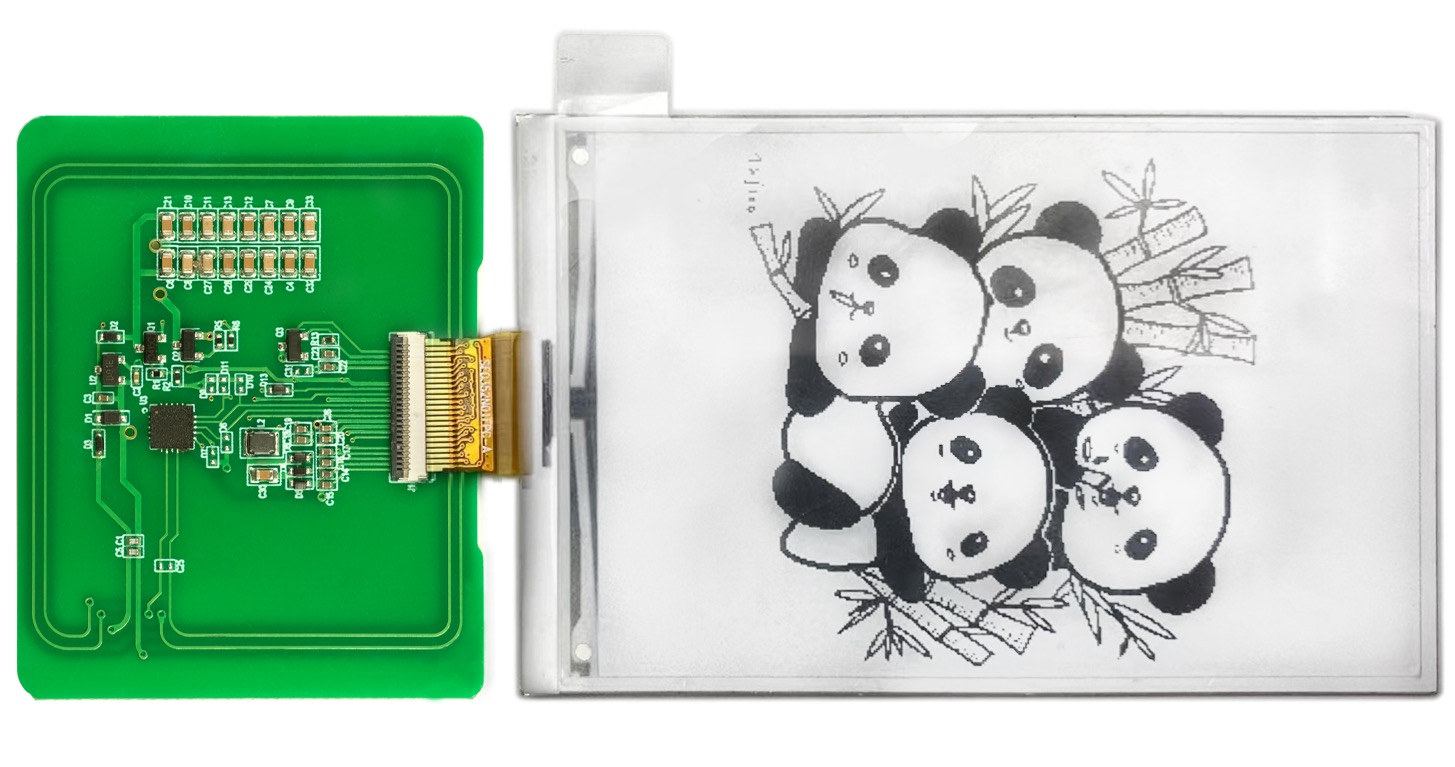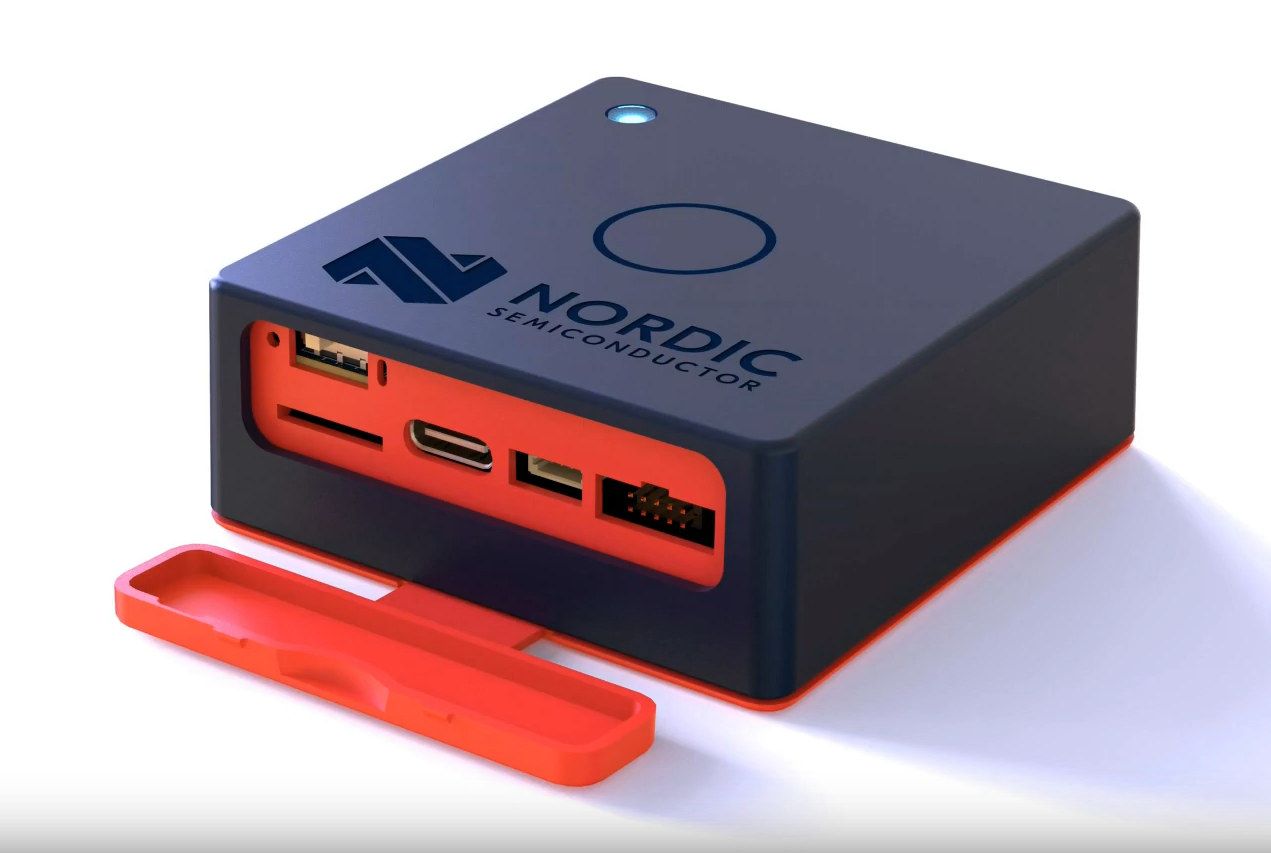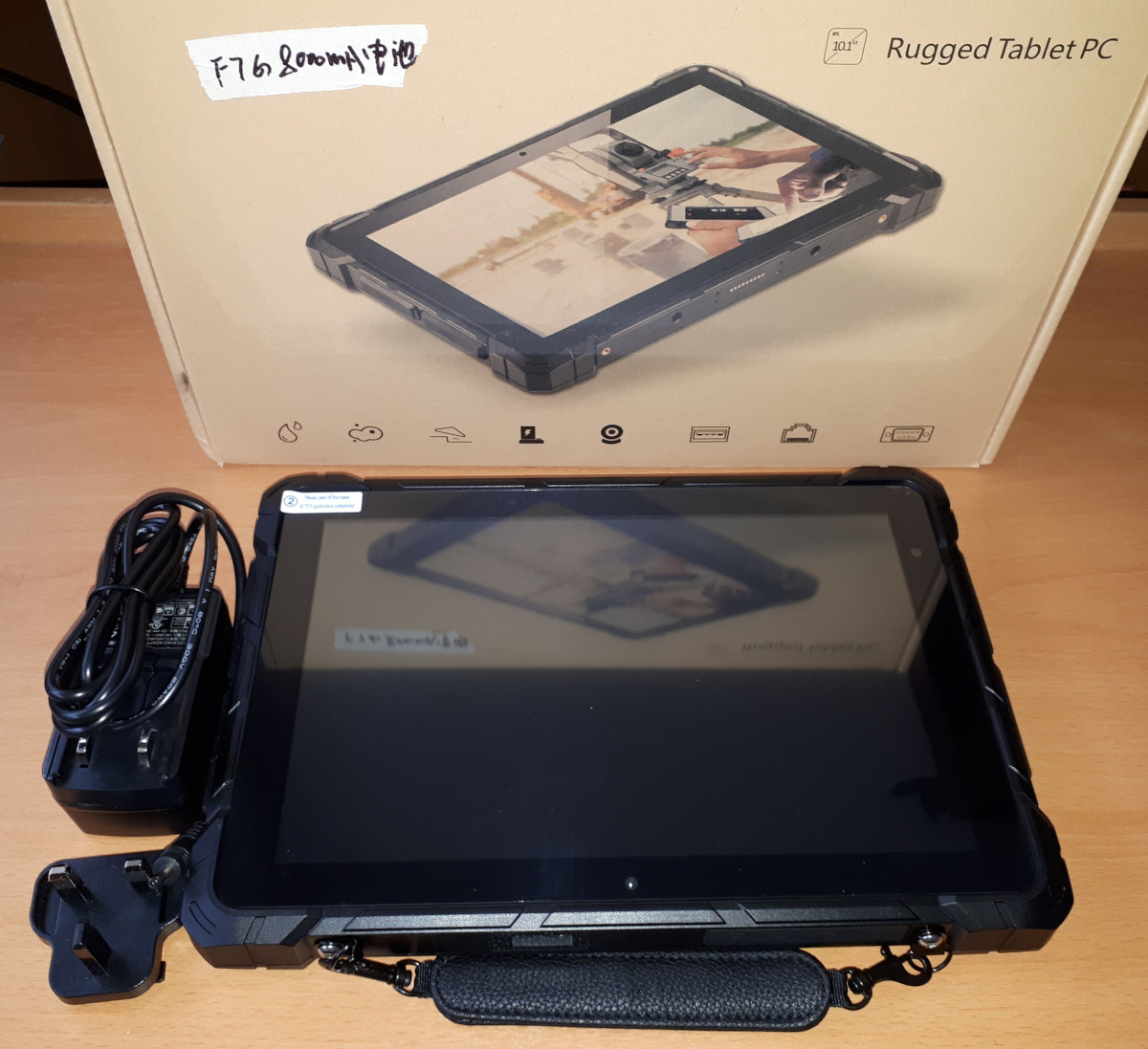MR-CANHUBK344 is an evaluation board based on NXP S32K344 Arm Cortex-M7 automotive general-purpose microcontroller designed for mobile robotics applications such as autonomous mobile robots (AMR) and automated guided vehicles (AGV) with a 100baseT1 Ethernet interface and six CAN-FD ports. The six CAN bus connectors come in three pairs of CAN-FD, CAN-SIC (signal improvement), and CAN-SCP (secure) interfaces using NXP chips. The board can notably be used for tunneling CAN over Ethernet using IEEE1722, plus the board is equipped with an SE050 Secure element with NFC for authentication, and various general-purpose peripheral interfaces via DroneCode standard JST-GH connectors. MR-CANHUBK344 evaluation board specifications: MCU – NXP S32K344 lockstep Cortex-M7 microcontroller @ up to 160 MHz with 4MB flash, 512KB SRAM, 6x CAN bus interfaces, up to 218 I/Os, AEC-Q100 compliant Ethernet – ASIL-B compliant 100BASE-T1 Ethernet PHY (TJA1103) 6x CAN-FD interfaces with 2x CAN Bus with flexible data rate through TJA144x automotive […]
The Wi-R protocol relies on body for data communication, consumes up to 100x less than Bluetooth
The Wi-R protocol is a non-radiative near-field communication technology that uses Electro-Quasistatic (EQS) fields for communication enabling the body to be used as a conductor and that consumes up to 100x less energy per bit compared to Bluetooth. In a sense, Wi-R combines wireless and wired communication. Wi-R itself only has a wireless range of 5 to 10cm, but since it also uses the body to which the Wi-R device is attached, the range on the conductor is up to 5 meters. While traditional wireless solutions like Bluetooth create a 5 to 10-meter field around a person, the Wi-R protocol creates a body area network (BAN) that could be used to connect a smartphone to a pacemaker, smartwatch, and/or headphones with higher security/privacy and longer battery life. One of the first Wi-R chips is Ixana YR11 with up to 1Mbps data rate, and they are working on a YR21 […]
Nordic Semi nRF7002 DK low-power dual-band WiFi 6 IoT development kit launched for $56 and up
Nordic Semi nRF7002 DK is an IoT development kit based on the nRF5340 dual-core Cortex-M33 multi-protocol wireless SoC and nRF7002 companion chip adding low-power dual-band (2.4GHz and 5.0 GHz) WiFi 6 connectivity. When Nordic Semi introduced the nRF7200 dual-band WiFi 6 companion chip for nRF52840 and nRF5340 wireless SoCs and nRF9160 cellular IoT SiP last summer, the “nRF7002-PDK” development kit was only mentioned in passing with a 3D render and not much else. The company has now announced the availability of the nRF7002 DK to help developers create low-power Wi-Fi 6 IoT applications. nRF7002 DK specifications: Wireless MCU – Nordic Semi nRF5340 dual-core Arm Cortex-M33 microcontroller @ 128/64 MHz with 1 MB Flash + 512 KB RAM for the application core and 256 KB Flash + 64 KB RAM for the network core, Bluetooth 5.1 LE with direction-finding support, Bluetooth mesh, NFC, Thread, Zigbee, 802.15.4, ANT, and 2.4 GHz proprietary […]
Panthronics PTX30W is a 1W NFC wireless charging listener IC
Panthronics PTX30W is an NFC wireless charging listener chip that can receive up to 1W as per the NFC Wireless Charging (WLC) specification unveiled in 2020 and integrates a power management unit and a Li-Ion battery charger. Offered in a compact 3.2mm2 (1.78 x 1.78 mm) WL-CSP package, the PTX30W will enable small battery-powered products, such as smartwatches and other wearables, to be charged over NFC. The chip can operate in standalone mode or connected to a host microcontroller, and the company claims it is around four times smaller than existing designs based on multiple discrete components. PTX30W features and specifications: Integrated NFC Wireless Charging Listener device Efficient Active Rectifier RF interface according to Forum Type 2 Tag Li-Ion battery charger with charging current from 5mA to 250mA MCU LDO with 1.8V or 3.3V output, up to 50mA Embedded power negotiation logic High-efficiency NFC wireless charging listener IC with up […]
OpenHarmony development board borrows BBC Micro:bit edge connector
HopeRun’s HiHope development board features a HiSilicon Hi3861V100 32-bit RISC-V microcontroller compatible with OpenHarmony OS and looks very much like the BBC Micro:bit educational board notably with its edge connector. The board is also designed for youth education (in China) and comes with similar sensors, but there are some differences such as a 0.96-inch OLED instead of an LED matrix and support for offline voice recognition. There’s no wireless connectivity apart from NFC support. HiHope board specifications: MCU – HiSilicon Hi3861 32-bit microcontroller @ up to 160 MHz with 352 KB SRAM and 288 KB ROM, 2 MB flash memory Display – 0.96-inch OLED display with 128×64 resolution (SSD1306) Connectivity – NFC with R/W mode, card emulation, and bidirectional mode USB – 1x USB Type-C port for power and programming Sensors – Temperature & humidity sensor, light sensor, microphone, 6-axis motion sensor Expansion – Edge connector with 5x rings (3x […]
HiPo batteryless NFC-powered 3.52-inch e-Paper display also comes with an SPI interface (Crowdfunding)
HiPo is a 3.52-inch black and white e-Paper Display that can be updated through NFC without the need for external power and offers an alternative to the 4.2-inch and 7.5-inch NFC-powered e-Paper displays from Wareshare that also operate without battery only using the data and power from NFC to update the image. Alternatively, Guangdong SID Technology’s HiPo display can also be connected to an SPI adapter board allowing the users to connect it to an STM32 board provided by the company, but it could also be used with Arduino boards, ESP8266 & ESP32 hardware platforms, Raspberry Pi SBCs and MCU boards, or any platform with an SPI interface. HiPo specifications: Controller – Ultrachip UC8251 all-in-one driver IC with timing controller for E-tag applications Display 3.52-inch B&W e-Paper display with 360 x 240 resolution (model name: SE0352N01-MNG-A0) 3 seconds refresh time On-chip display RAM White reflectance above 30% Contrast ratio above […]
Nordic Thingy:53 is a dual-core Arm Cortex-M33 platform for IoT prototyping
As one should have expected after Nordic Thingy:52 and Thingy:91 IoT devkits were introduced in 2017 and 2019 respectively, the Norwegian company has now launched the Thingy:53 platform based on Nordic Semi nRF5340 dual-core Arm Cortex-M33 SoC for IoT prototyping with Bluetooth Low Energy, Thread, Matter, Zigbee, IEEE 802.15.4, NFC, and Bluetooth mesh RF protocols. The development kit also incorporates the nPM1100 PMIC and nRF21540 Front End Module (FEM), a power amplifier/low noise amplifier (PA/LNA) range extender, as well as multiple motion and environmental sensors, as well as a rechargeable 1350 mAh Li-Po battery for power. Nordic Thingy:53 specifications: SoC – Nordic Semi nRF5340 SoC with 128 MHz Arm Cortex-M33 Application core with 1 MB Flash + 512 KB RAM, and a 64 MHz Arm Cortex-M33 Network core with 256 KB Flash + 64 KB RAM Wireless connectivity RF front-end nRF21540 FEM Protocols – Bluetooth LE, Bluetooth Mesh, NFC, Thread/Zigbee, […]
Higole F7G Plus Review – An affordable rugged tablet tested with Ubuntu 20.04 & Windows 11
Ruggedized industrial-use PCs are typically expensive so it is refreshing to see Higole F7G Plus, an Intel Gemini Lake Refresh tablet, being offered at an affordable price. Higole kindly sent one for review and I’ve looked at functionality and performance running on Ubuntu and also its Windows performance. Hardware Overview The Higole F7G Plus is a 10.1 inch IPS touch screen rugged industrial fanless tablet that uses Intel’s 14 nm Gemini Lake Refresh N4120 processor which is a quad-core 4-thread 1.10 GHz Celeron processor boosting to 2.60 GHz with Intel’s UHD Graphics. Designwise, meeting the MIL-STD-810G standard which is the de facto ‘ruggedized’ standard for consumer products and covers whether the device can work in a broad range of environmental conditions including surviving dropping, is evidenced by the thick protective shell around the tablet. To ensure its IP67 Certification for waterproofing each of the ports are covered by detachable rubber […]


